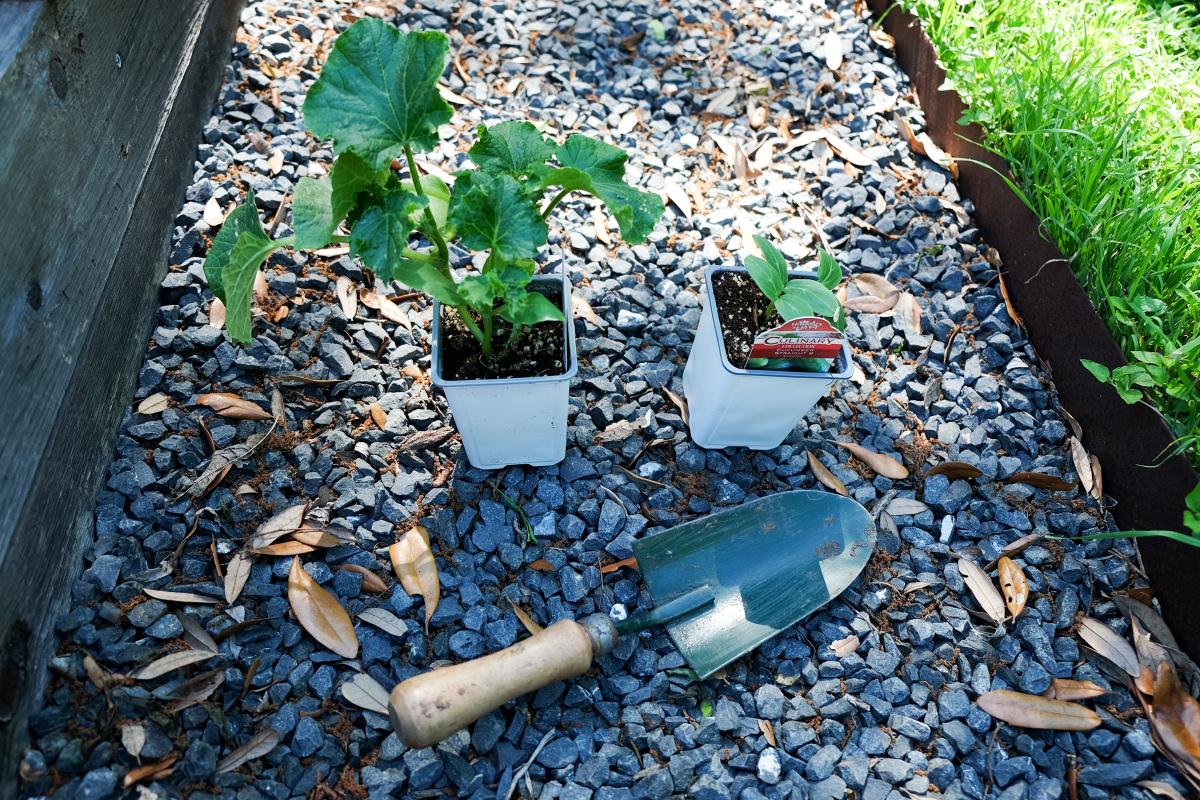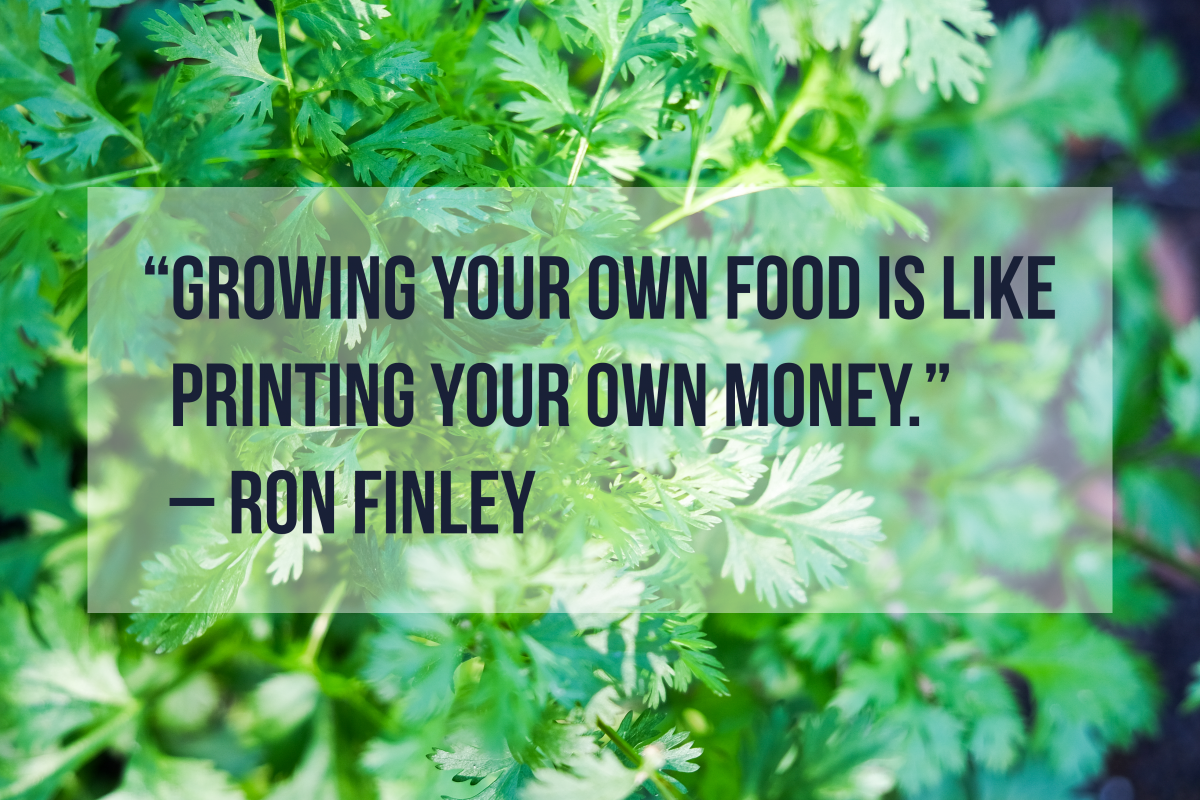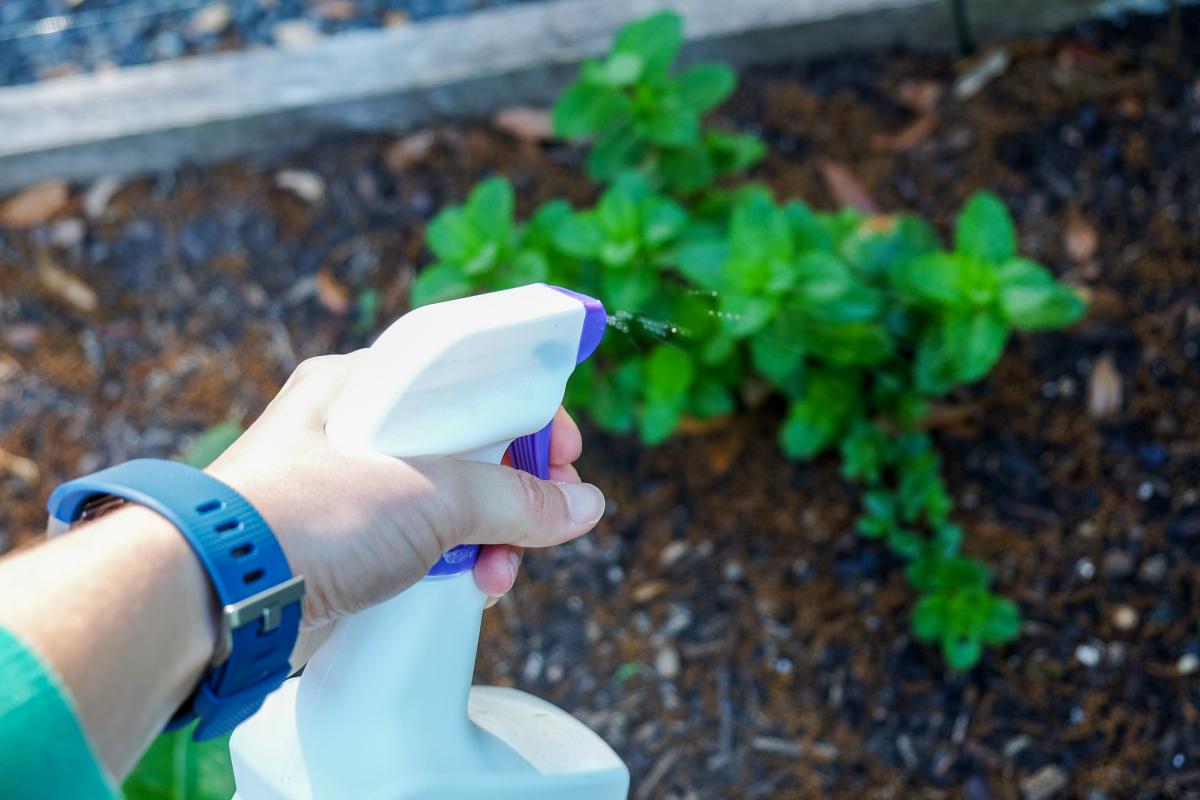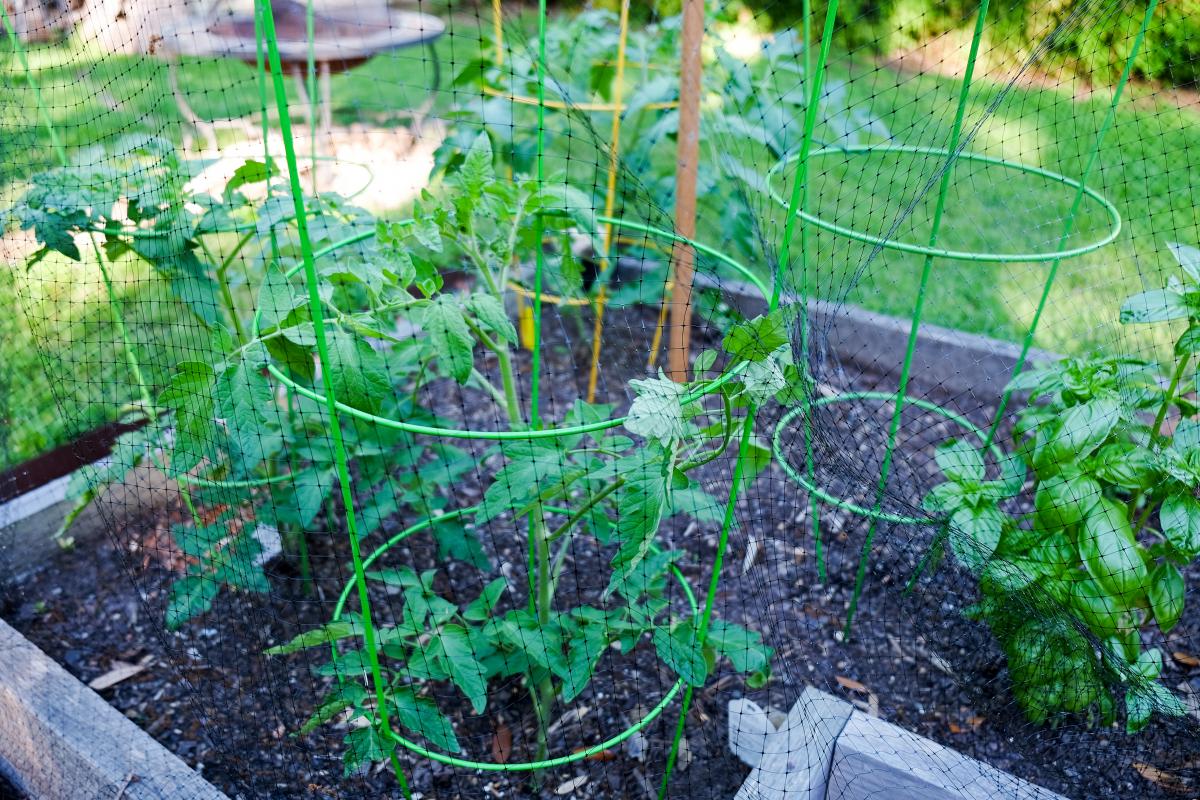Can you dig it? How to get garden-ready this spring

It’s officially spring — which means it’s time to get out and play in the dirt! So grab your trowel and your garden hose and let’s get growing!
Seasoned gardeners will tell you that growing your own vegetable and herb garden is a very rewarding experience. Not only is the actual process of gardening therapeutic, but you get the satisfaction of knowing exactly where your food came from. Here are some tips for getting started.
Deciding where to garden
There are so many creative ways to build a garden. From DIY to purchasing ready-made raised beds, it’s hard to go wrong. Just make sure the space you choose gets plenty of sunlight and that you’ve got good soil and drainage. Drainage is important — especially for our area, which is prone to heavy downpours. Plants don’t like standing water, but mosquitos do! So keep your property mosquito-free with good drainage, and eliminate any standing water around your property.
Soil can be purchased in bags from a local nursery, but you can also use existing soil from your yard. If you go with yard soil, it’s a good idea to get the nutrient content tested. Here’s a tip: Austin Soil Kitchen will test your soil for free this weekend at the East Austin Garden Fair to make sure it’s safe to plant in — just bring them a sample! Here’s what they found hiding in Austin’s soil last year.
 |
 |
You should also infuse your soil with nutrient-rich compost by adding a few inches to the top before planting your plants. You can purchase compost from a nursery, or make it yourself. The City offers free composting classes year-round. If you attend a class, you can earn a $75 rebate on a home composting system and a kitchen scrap collector for attending. You can also take the class online.
Choosing what to plant

What to plant and what seeds to sow depends on the month you’re planting in. We really dig this handy guide from the Natural Gardener that outlines month-to-month what to plant and when. Experiment with different types of vegetables and don’t get discouraged if something doesn’t work out as planned. You can always uproot the plant and replace it with something else, or try to grow it again next year. Be sure to follow spacing recommendations for the plants you choose to avoid overcrowding. And remember to support our local Austin-area nurseries when buying plants and seeds!
Once you get them in the ground, give your plants some water, aiming close to the soil to avoid wetting the leaves. You want that water to penetrate the soil and reach the roots! Water according to instructions that came with your plant, as some need more than others. Once it starts getting really hot, it’s best to water early in the morning before the heat sets in.
Keeping your garden safe from pests
If you notice that bugs are starting to get the best of your plant, it’s best to use natural products to deter them instead of chemicals and pesticides. This means you have to keep a close eye on your plants, so walk through your garden and check the leaves every couple of days for any issues. A good natural pest remedy is soapy water spray. Just make sure your soap is all-natural and doesn’t contain detergent or antibiotics. There are also other natural products you can use if the soapy water solution isn’t working. Be sure to wet the underside and top of the leaves when spraying, and only spray early in the morning or in the evening to avoid damaging your plants. Use this guide to diagnose common plant problems in our area.
Birds can also cause problems for your garden, and to help, you can set up bird netting. Birds are especially drawn to the bright color of deliciously ripe tomatoes, and the netting helps deter them.
  |
Now that you’ve got some of the basics down, go put your green thumb to work!
Want more information about gardening? Check out these free resources from the Library.
